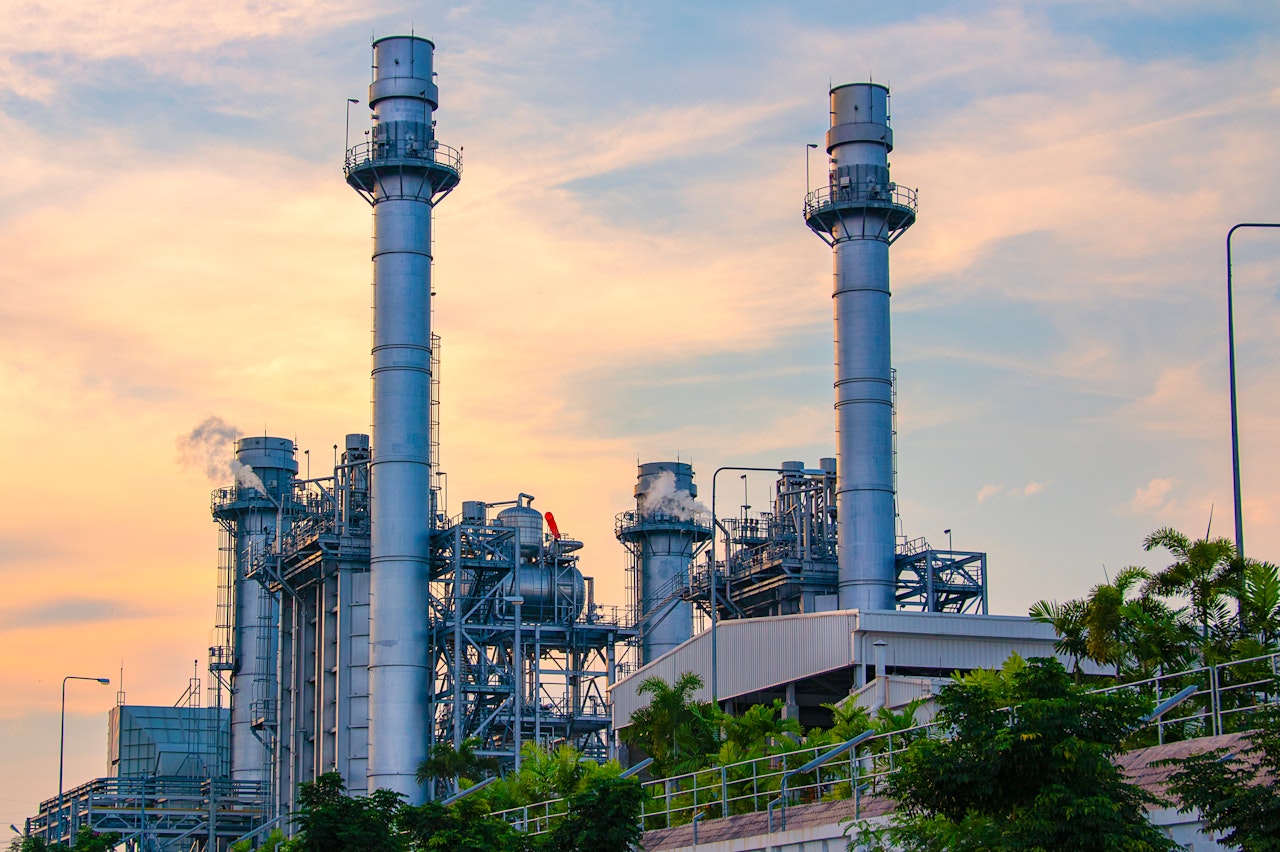Global Gas Security Review 2023
Including the Gas Market Report Q3-2023

About this report
Russia’s invasion of Ukraine in 2022 triggered the first truly global gas crisis, with natural gas and LNG markets contending with supply disruptions and unprecedented price volatility. While the immediate effects of last year's supply shock have eased in recent months, the structural changes that emerged in 2022 will persist for years – and should be taken into account both by policy makers and market players.
In this context, the architecture of global gas supply security and the underlying flexibility of the market need to be carefully reassessed through an ever-closer dialogue between responsible producers and consumers. Ensuring secure supplies of LNG, in particular, will require policy makers, in close coordination with private actors, to facilitate the development of innovative commercial offerings, novel procurement mechanisms and new co-operative frameworks.
Since its establishment in October 2022, the International Energy Agency’s (IEA) Task Force on Gas and Clean Fuels Market Monitoring and Supply and Security has provided key market updates and a platform for the effective exchange of data and information among members. The Task Force has worked closely with the government of Japan ahead of the 12th LNG Producer-Consumer Conference on 18 July 2023, co-organised by the IEA and Japan’s Ministry of Economy, Trade and Industry (METI).
The Global Gas Security Review has provided a thorough assessment of the evolution of gas supply security and LNG contracting trends each year since its first publication in 2016. This year’s edition includes the latest insights of the IEA’s quarterly Gas Market Report, as well as a special spotlight on natural gas storage and evolving regulatory frameworks, taking into account the increased need for supply flexibility.
Beyond the growing complexity of gas supply security both in the short and long term, the decarbonisation of gas and the broader energy system will require the deployment and scaling up of low-emission gases. Part of the IEA’s Low-Emission Gases Work Programme, this year’s Review includes a special section on this topic, with a focus on the storage of low-emissions gases and the future role of liquefied low-emissions gases in the international maritime sector.